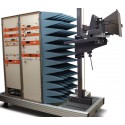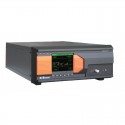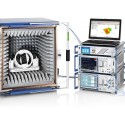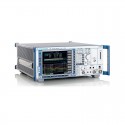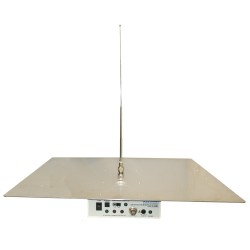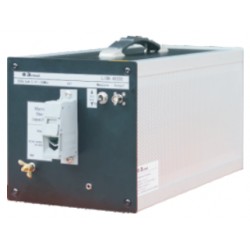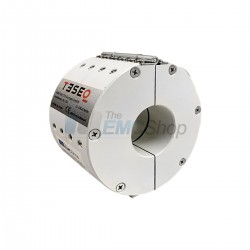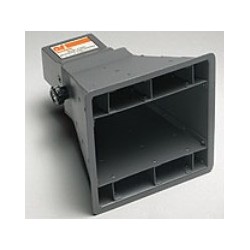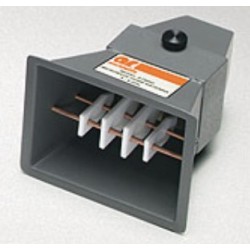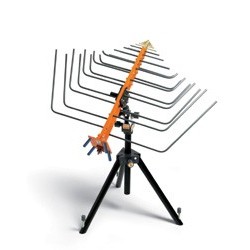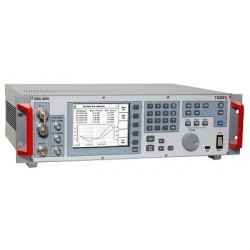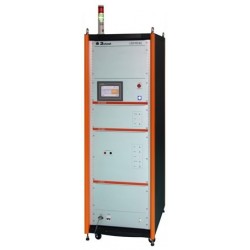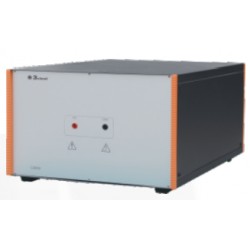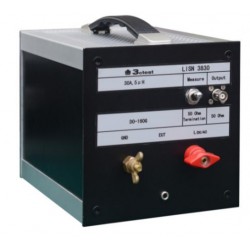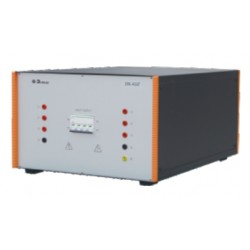Send Enquiry For Teseq ITS 6006B Radiated Immunity Test System 80 MHz to 6 GHz
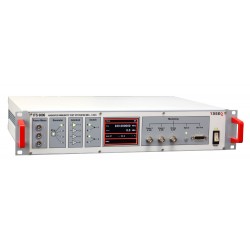
Teseq ITS 6006B Radiated Immunity Test System 80 MHz to 6 GHz
- Integrated signal generator 80 MHz to 6 GHz
- Integrated RF switch network
- Integrated 3 freely configurable pulse modulators (1 μs to 200 s) for radar pulse profiles
- Multiple EUT monitoring options
- 3.5“ TFT color display
- Safety interlock function
- Remote control via USB, RS232 or LAN

